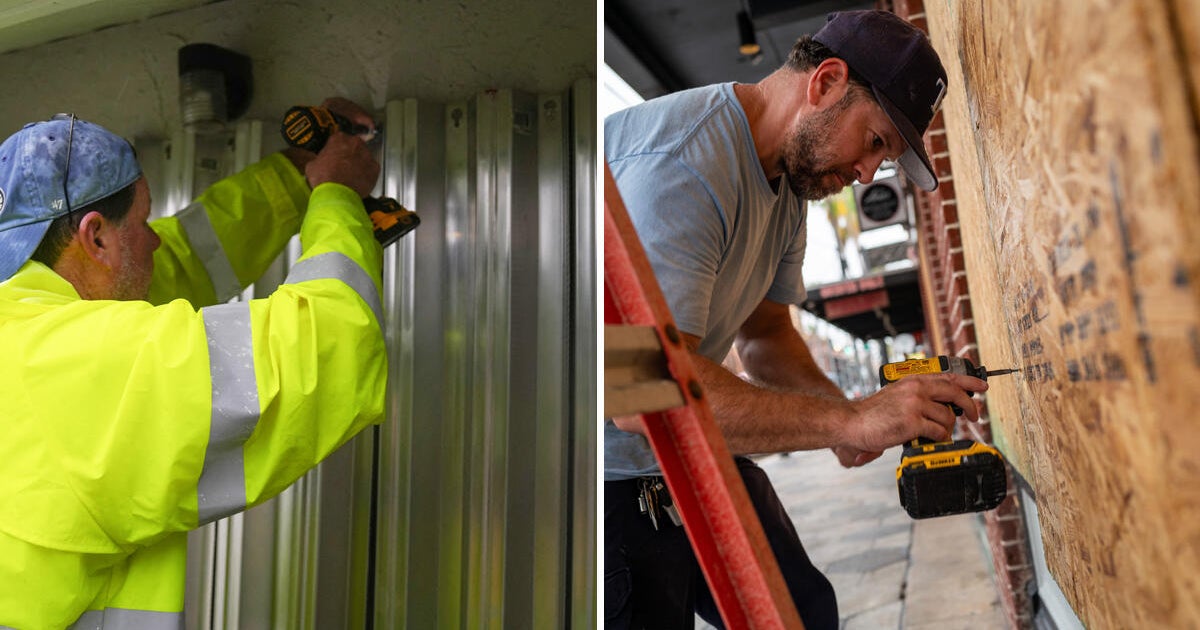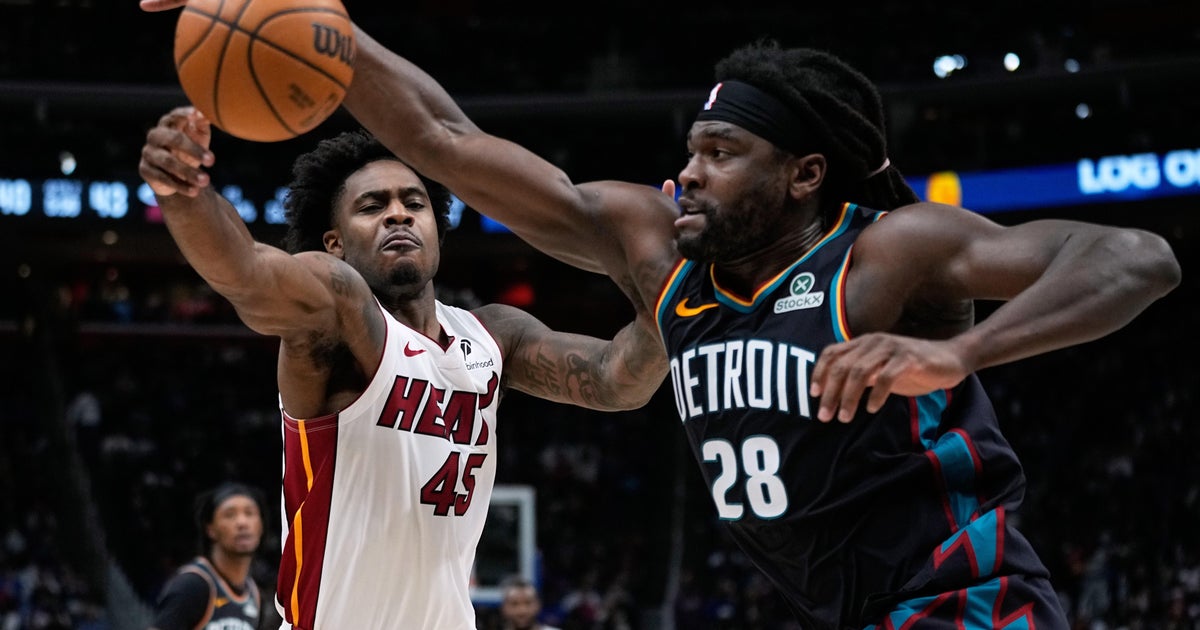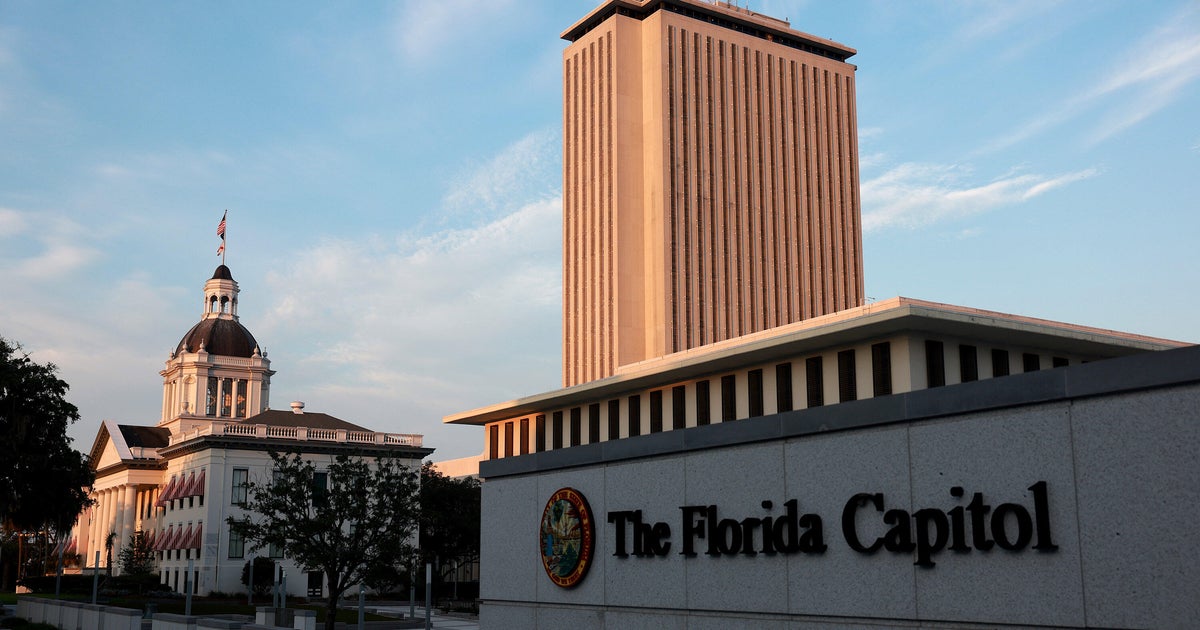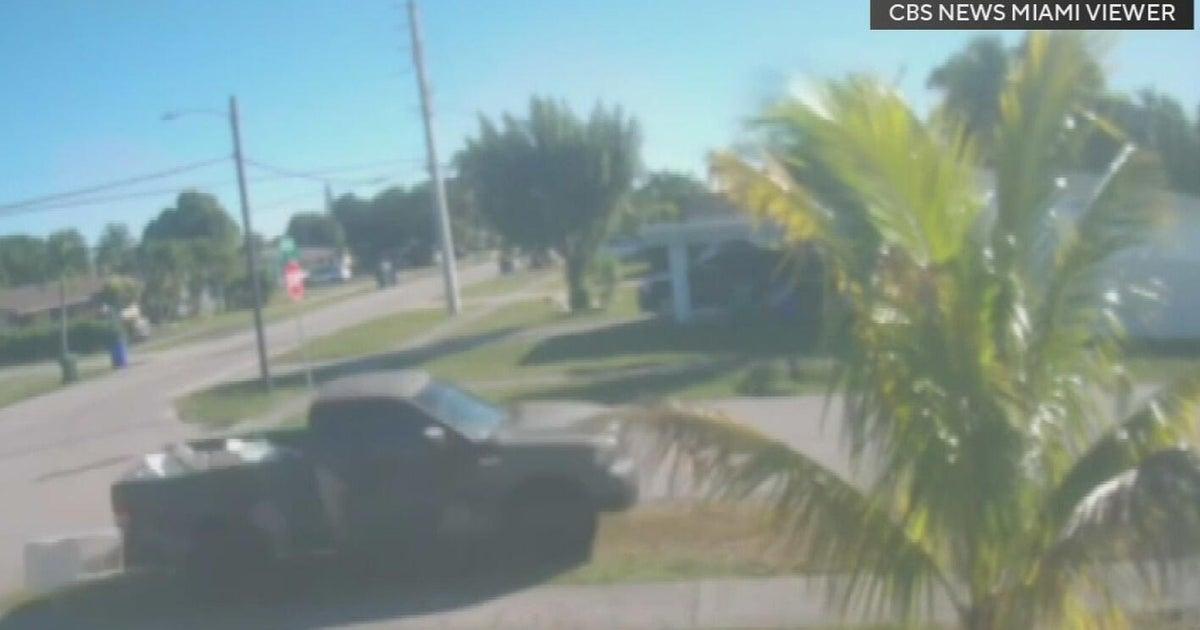With the 2025 Atlantic hurricane season reaching its most dangerous point, South Florida homeowners are once again preparing for the possibility of destructive tropical storms and hurricanes.
Installing storm shutters remains a critical step to safeguard homes from powerful winds and flying debris, officials say.
These protective barriers, designed to shield windows and doors, are more than a precaution — they’re a necessity in High Velocity Hurricane Zones (HVHZ) like Miami-Dade and Broward counties, where strict building codes require durable defenses.
CBS News Miami has put together a guide covering what you need to know about storm shutters: from types and materials to costs, codes and common pitfalls, to help ensure your home is storm-ready.
What are storm shutters and how many types are there?
Storm shutters are coverings installed over windows, doors, and other openings to protect homes from hurricane-force winds, airborne debris, and water intrusion.
In Miami-Dade and Broward, shutters must meet stringent standards to withstand winds up to 175 mph and impacts from large objects.
Common types of storm shutters include:
-
Accordion shutters
Folding shutters that slide on tracks, offering permanent installation and easy operation. Popular for their durability and compliance with HVHZ standards.
-
Roll-down shutters
Sleek, motorized or manual shutters that roll down from a housing above the opening. Known for strong protection and remote operation.
-
Bahama shutters
Tropical-style shutters with fixed louvers, hinged at the top. When hurricane-rated, they provide both shade and storm protection.
-
Colonial shutters
Traditional shutters that swing closed from the sides. Visually appealing and storm-safe when HVHZ-approved.
-
Storm panels
Removable panels made from metal or polycarbonate, installed ahead of storms. Cost-effective and compliant when tested for HVHZ.
-
Hurricane fabric
Lightweight, resin-coated fabric deployed over openings. Approved for HVHZ when properly certified, such as with Florida Product Approval FL15208.
-
Plywood
A temporary, affordable solution. Only code-compliant when meeting Florida Building Code (FBC) specifications — less common due to HVHZ restrictions.
In South Florida, accordion, roll-down, and storm panels are the most popular options due to their balance of protection, ease of use, and code compliance.
Which is the best material for storm shutters?
Aluminum
Lightweight, corrosion-resistant, and commonly used in accordion, roll-down, Bahama, and panel shutters. Durable and low-maintenance — ideal for South Florida’s humid climate.
Steel
Heavier and stronger than aluminum, often used in panels. Offers excellent protection but is prone to corrosion near the coast unless treated.
Polycarbonate
Used in clear panels and some fabrics. Translucent, impact-resistant and lightweight, but can scratch or yellow over time.
Hurricane fabric
A UV-resistant, flexible, resin-coated hybrid. Weighs about 8 oz/sq. yd. Easy to store and deploy, though less durable than metal.
Plywood
Inexpensive and temporary. Prone to water damage and not suitable for long-term use in HVHZ unless installed to FBC standards.
Composite materials
Found in some Bahama and Colonial shutters, often combining fiberglass or polycarbonate. Durable and stylish, though more expensive.
Best overall choice: Aluminum offers the best mix of strength, corrosion resistance, and HVHZ compliance, especially in accordion and roll-down systems, according to experts and county officials.
How much does shutter installation cost?
The cost of storm shutters depends on type, size, materials, and complexity. In Miami-Dade and Broward, expect to pay $2,000 to $8,000+ for a typical home.
Price breakdown:
-
Accordion shutters: $15–$30 per sq. ft.; total installation: $3,000–$4,000+
-
Roll-down shutters: $25–$60 per sq. ft. (motorized options cost more); installation: $3,000–$10,000+
Installation tips:
-
Always use licensed contractors and secure county permits.
-
Installations take 1-3 days, depending on number of openings.
-
Installers must use HVHZ-approved products and follow all specifications.
What Florida building code requires when it comes to shutters
Under the Florida Building Code (FBC), all shutters must pass rigorous tests:
-
Large missile impact test: 9-pound 2×4 at 34 mph.
-
Cyclic pressure test: 9,000 cycles of positive/negative pressure.
-
Wind load resistance: Up to 175 mph in HVHZ.
-
Miami-Dade product approval: Must carry a verifiable Notice of Acceptance (NOA).
Permits are required for permanent shutter installation. Some temporary solutions (e.g., panels or plywood) may not require permits, but check with your city or county first.
Permitting involves:
Helpful links:
Common shutter violations to avoid
-
Unapproved products
Always confirm NOA numbers through the Miami-Dade Product Control Search.
-
Improper installation
Skimping on anchoring or not following manufacturer specs can lead to failure.
-
No permits
Unpermitted shutters may result in fines or removal orders.
-
Inadequate testing
Using products not HVHZ-rated is a major risk.
-
Plywood misuse
Must be at least 5/8″ thick and fastened with appropriate anchors.
-
Unlicensed contractors
Avoid installers who can’t legally pull permits or guarantee code compliance.
-
Lack of maintenance
Rusted tracks, missing bolts, or cracked panels can compromise safety.
Before hurricane season peaks, make sure your storm shutters are properly installed, tested, and up to code. Non-compliance can lead to fines, failed inspections, or worst of all: property damage and injury during a storm.



